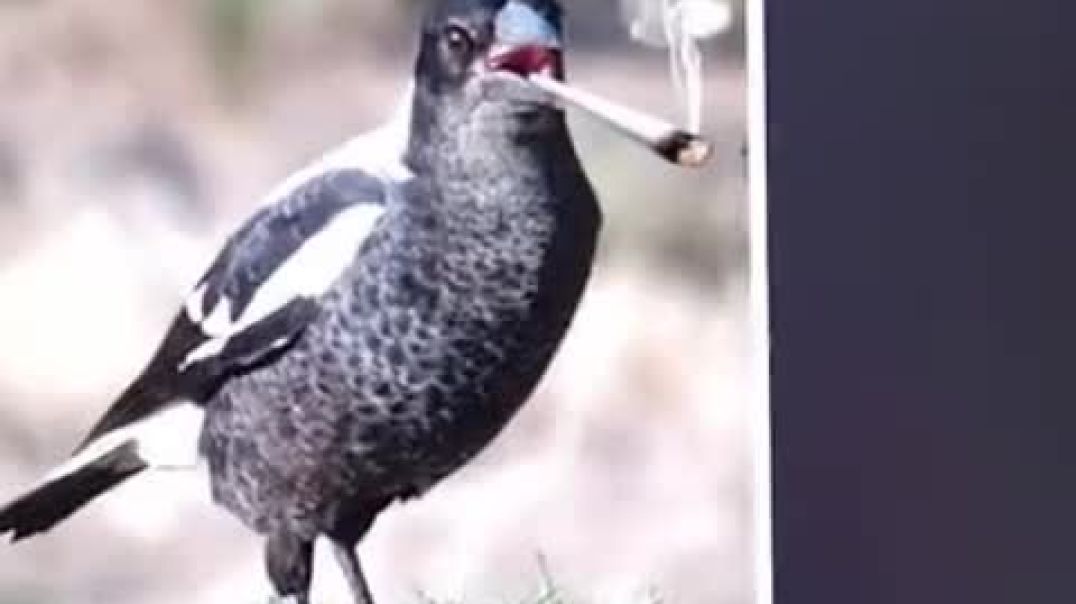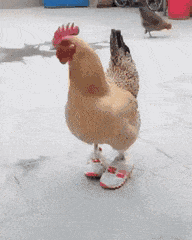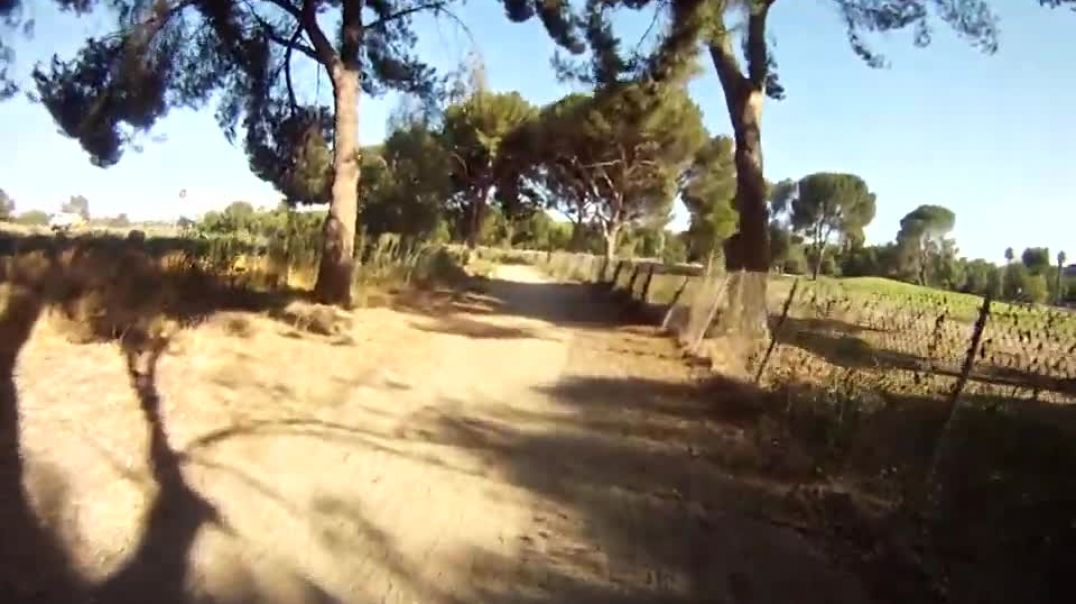Live streaming on Altcast.TV is now available!
THE PIN-TAILED 🐦 WHYDAH
Distribution:
This species is widespread in sub-Saharan Africa 🌍 it has also established populations in Portugal, particularly around Aviero, and has been introduced to Southern California, Puerto Rico and Singapore.
Behaviour:
The male Pin-tailed Whydah is known for his territorial nature and elaborate courtship displays, which include an impressive flight pattern to showcase his tail to potential mates. He often has several females within his territory. The species is a BROOD PARASITE, laying its eggs in the nests of estridid finches, particularly waxbills, without harming the host's eggs. The nestling whudahs mimic the gape patten of the host species' fledglings.





















